Contents
- 1 Why Does 3D Printing Software Matter for Businesses?
- 2 What Are the Top 3D Printing Software Tools for Businesses?
- 2.1 Why Is Autodesk Fusion 360 a Leading Choice for Businesses?
- 2.2 How Does Ultimaker Cura Enhance Print Quality and Efficiency?
- 2.3 Why Is Simplify3D Popular for Precision Control in 3D Printing?
- 2.4 How Can Materialise Magics Optimize Complex 3D Printing Projects?
- 2.5 Why Is Tinkercad a Great Option for Beginners and Early Prototyping?
- 3 Which 3D Printing Software Is Right for Your Business?
- 4 How Do You Integrate 3D Printing Software Into Your Business Workflow?
- 5 What Are the Upcoming Trends in 3D Printing Software?
- 6 What’s the Right 3D Printing Software for My Business?
Why Does 3D Printing Software Matter for Businesses?
To understand the importance of 3D printing software for businesses, let’s explore the production process from the start. From your initial idea, the object needs to be designed for visualization, prototyped for refinement, and then finally printed.
Design and prototyping are crucial pre-printing steps that determine the product’s performance, appearance, or both. These stages require seamless collaboration, precision, and user-friendly tools to minimize errors, enhance quality, and boost production efficiency.
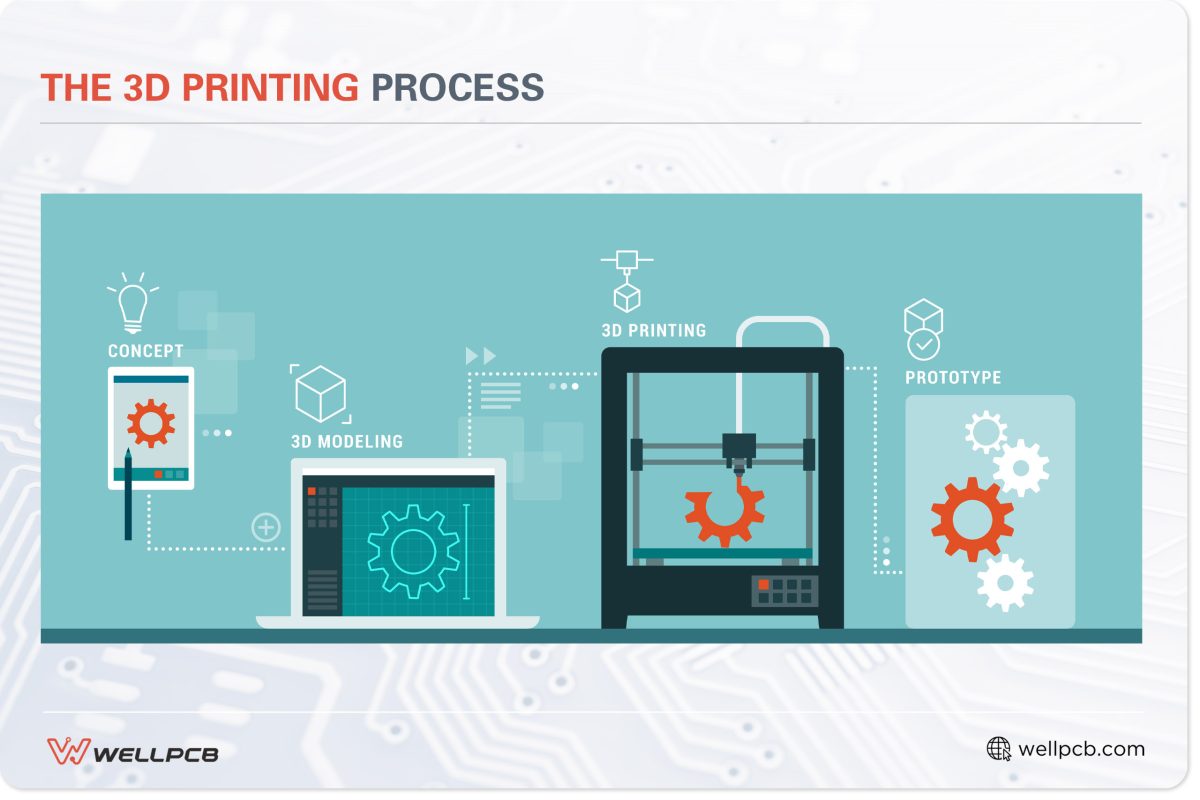
The best 3D printing software should support these steps with features that streamline design, prototyping, and production.
- Ease of use (intuitive UI)
- Collaboration features (often cloud-based)
- Integrated CAD/CAM capabilities
- Precision and durability control (advanced slicing tools, print simulations)
- 3D printing optimization
- Scalability
- Broad file compatibility
- Reliable customer support
What Are the Top 3D Printing Software Tools for Businesses?
Considering the features above, the top business 3D printing solutions are Autodesk 360, Ultimaker Cura, Simplify3D, Materialise Magics, and Tinkercad.
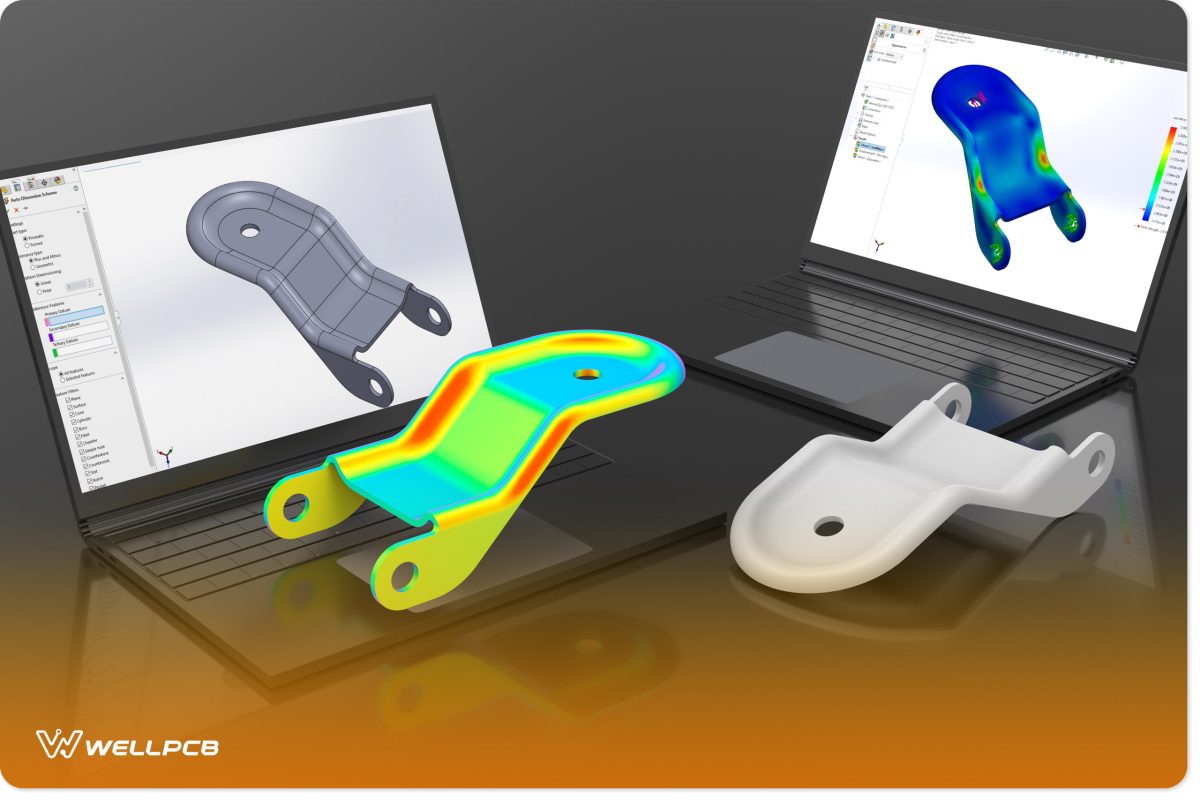
Why Is Autodesk Fusion 360 a Leading Choice for Businesses?
Autodesk Fusion 360 is comprehensive 3D printing software that streamlines the entire product development process, from design to manufacturing, with its all-in-one cloud CAD and CAM platform. While the cloud platform includes PCB and CAE, CAD and CAM are the main focus for 3D printing.
A key advantage of Fusion 360 is its cloud collaboration feature, which provides four major benefits:
- Few Errors and Delays: The unified workflow reduces the delays and errors caused by team members using different tools in disconnected environments.
- Seamless Compatibility: Centralized cloud storage for 3D design and prototype files ensures consistent file formats, eliminating security, version control, and collaboration issues.
- Access and Control: Managers can access real-time project updates and control access to audit trails, which is especially beneficial for complex projects.
- Increased Innovation: Centralized design and development enables teams to exchange ideas faster, driving innovation and improving the final product. Fusion 360 can also connect to the supply chain to automate data sharing and track deliverables.
Another notable benefit of Fusion 360 is its automation capabilities. Its automated workflows and advanced AI eliminates repetitive tasks for faster manufacturing. And it can create 2D drawings from 3D models to streamline design documentation.
With its robust cloud collaboration, Fusion 360 is ideal for teams working on complex design and engineering projects, such as toys, car parts, and mechanical tools.
For example, Moose Toys uses Fusion 360 to sculpt and design products on the same file concurrently, resulting in a shorter time to market and significant cost savings.
How Does Ultimaker Cura Enhance Print Quality and Efficiency?
Ultimaker Cura features an advanced, open-source slicing engine developed over the years by in-house experts and user contributions.
This powerful slicing engine is ideal for professional design applications because it uses Geometric Dimensioning and Tolerancing (GD&T) to create slicer information and capture design intent.
Unlike basic slicing engines, Cura ensures the printed part has better dimensional accuracy and longer durability in its application.
Ultimaker Cura offers:
- Engineering Intent Profiles: Print-specific settings at the click of a button, eliminating lengthy setup time.
- Recommended Profiles: Tested for thousands of hours to ensure reliability.
- Granular Control: Fine-tune 3D models using a custom mode featuring over 400 settings.
- Regular Engine Updates: Continuous improvements for better printing quality.
The Ultimaker Marketplace further reduces setup time by providing downloadable material profiles from trusted brands and plugins for custom print preparation.
For integration and compatibility, Ultimaker Cura seamlessly integrates with Ultimaker 3D printers and supports CAD plugins for Autodesk Inventor, Solidworks, Siemens NX, and more. It also generates various file types (OBJ, STL, 3MF, X3D, BMP, GIF, PNG, JPG) to maximize printer compatibility.
Ultimaker Cura is free, open-source, and user-friendly, making it accessible to both beginners and experts for developing and printing 3D models across a range of industries—including general, automotive, educational, and defense applications.
Why Is Simplify3D Popular for Precision Control in 3D Printing?
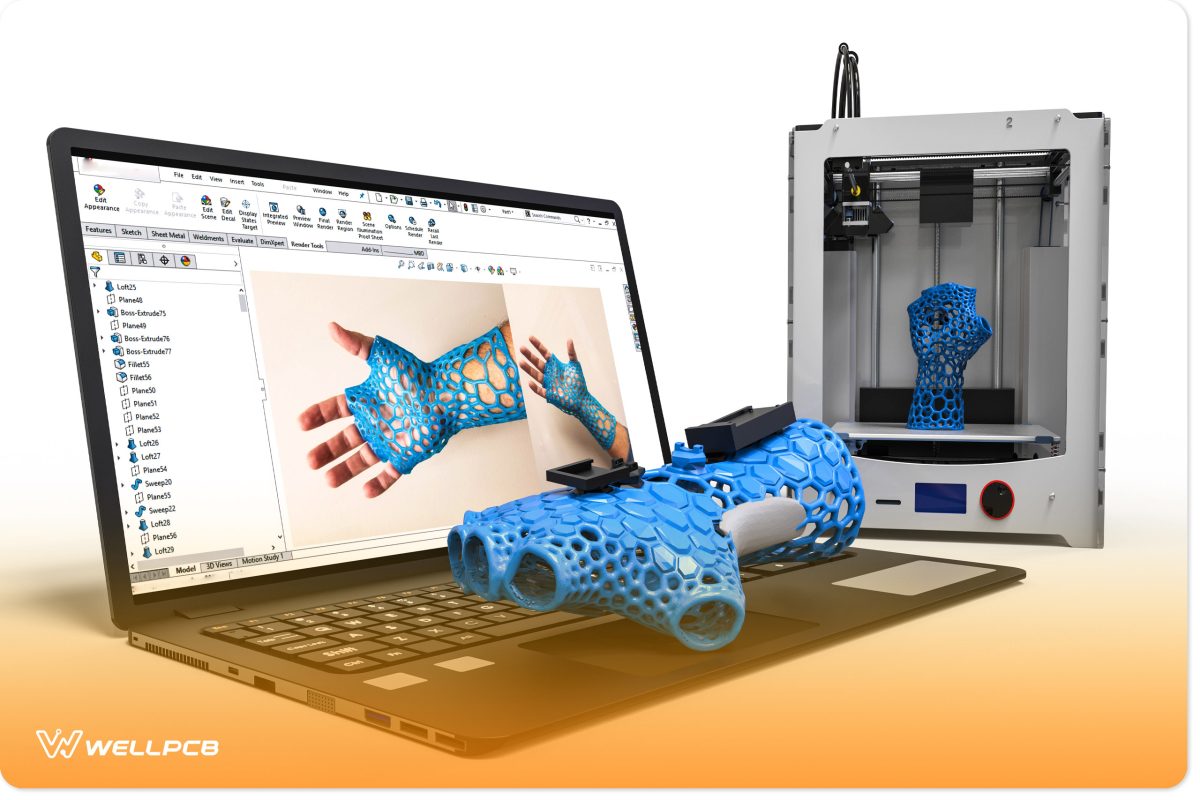
Simplify3D features a powerful slicing tool backed by over a decade of research and development, making it arguably the fastest and most capable on the market. As proprietary software, there is a financial incentive to make this engine as competitive as possible.
The tool incorporates complex, real-world physics to generate machine-specific instructions that enhance both the quality and strength of printed parts.
The software also has a preview mode that verifies build files after slicing, offering a precise, realistic view of the speed, size, and properties of each instruction. The live preview simulates the 3D print in detail, providing valuable insights before printing begins.
Customization and automation are Simplify3D’s strengths, offering features like:
- Adaptive Layer Height: Optimizes layer thickness to reduce print time and improve surface quality.
- Automatic Seam Hiding: Uses intelligent logic to hide defects and seams.
- Variable Part Settings: Allows for adjustments in specific regions of a part.
- Custom Support Shapes: Provides ideal support without creating surface defects.
- Dynamic Density Infill: Creates dense regions near the surface for increased exterior strength.
- Dynamic Extrusion Sizing: Adjusts extrusion size for optimal thinness, strength, and precision.
- Small Feature Reinforcement: Identifies and reinforces fragile features to enhance strength and reliability.
- Automatic Mesh Repair: Fixes mesh errors automatically in real-time during slicing.
- Powerful Scripting Engine: Enables easy customization of commands, output files, and printing sequences.
With these capabilities, engineering company 3DPros has reduced print times from 23 to 15 hours without sacrificing quality, achieving up to 20% in cost savings.
How Can Materialise Magics Optimize Complex 3D Printing Projects?
The strength of Materialise Magics lies in its ability to handle complex geometries with ease, thanks to features like its lattice module. This module enables lattice generation and control, mesh avoidance with slice-based lattices, and beam lattice exports in 3MF or STL formats.
Introducing beam lattices on existing meshes optimizes 3D design by reducing weight, cutting printing time, minimizing cost and material use, and increasing vibration absorption and resistance.
This feature is particularly important in the medical industry, where it can create medical implants with porous openings that encourage bone growth and form strong bonds.
The porous lattice structure is also useful for designing automotive heat exchangers and resin casts for rocket grid fins.
The organic sinter box feature also contributes to handling complex geometries by wrapping parts for protection and reducing the space they occupy, allowing for more efficient packing of parts into 3D builds.
Additionally, the software’s advanced 3D nesting improves the quality of nested sections by using custom zones and avoiding laser field overlaps.
Once the design is ready, Magics analyzes it to prevent costly failures, reducing scrap rates by automatically detecting potential issues. It also generates reports to extract parameters for precise repeatability.
Why Is Tinkercad a Great Option for Beginners and Early Prototyping?
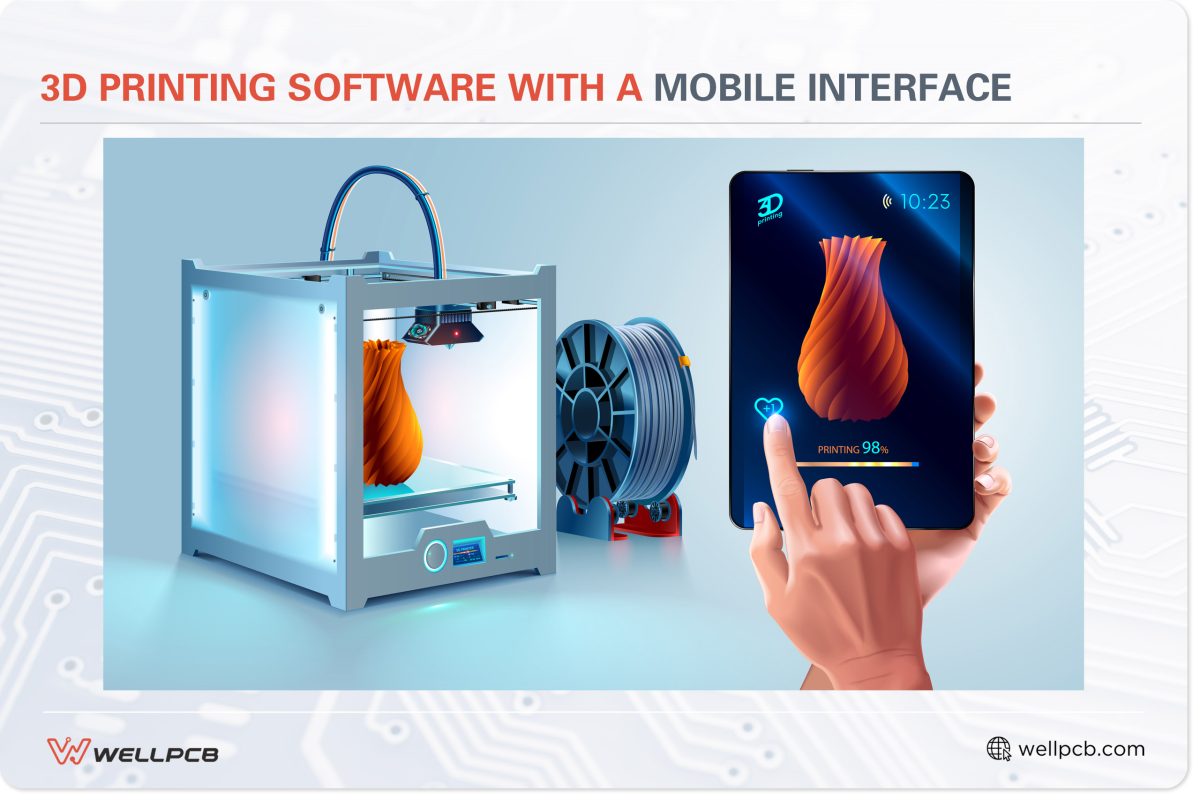
Tinkercad, like Ultimaker Cura, is free to use and functions as a web app. Its simplicity and ease of use make it ideal for beginners and students.
The software features a shape palette for selecting building blocks, which can be adjusted, combined, aligned, or duplicated to create a 3D design. Users can also place rulers to enter precise dimensions and measure distances between objects for accurate prints.
Overall, Tinkercad is a simple tool for basic prototyping, early-stage design, or educational purposes.
Businesses can use Tinkercad as an entry point before advancing to more sophisticated design tools like Fusion 360, with the option to transfer designs to Fusion for professional simulation, rendering, and animation.
Which 3D Printing Software Is Right for Your Business?
| Pricing | Compatibility | Ease of Use | Recommended Use Cases | |
| Autodesk Fusion 360 | $680/user per year | .wire .dwg .f3d .cam360 .iam .ipt .dxf .fbx .obj .x_b .x_t .CATPart .CATProduct .ige/iges/igs .asm .prt .g .neu .3dm .sab/sat/sldprt/sldasm .stl .skp .123dx | Complex for beginners | CNC machining DFM Sheet-based fabrication Consumer product development Rapid prototyping |
| Ultimaker Cura | Free (Open Source) | .3mf .amf .dae .zae .ctm .stl .ply .obj .x3d .glb .gltf .gz .g .gcode .ufp .bmp .gif .jpeg/jpg .png | User-friendly UI | Automotive Defense Product development Education |
| Simplify3D | $199/user one-time fee | .stl .obj .3mf .fff .gcode .makerbot .x3g .bfb .g3drem .3w | Complex for beginners | Engineering Art & design Education DIY Hobbyists |
| Materialise Magics | N/A | .amf .dae .dxf .fbx .obj .openCTM .ply .zcp .sketchup .stl .step .vrml .x3d .3dpdf .zpr .3dm .prj .3ds .3mf | Complex for beginners | Healthcare Automotive Aerospace Eyewear |
| Tinkercad | Free | .svg .stl .obj .gltf/usdz (export) | Easiest to use | Education DIY Hobbyists Simple art & design |
Which Software Works Best for Your Industry?
- Fusion 360: Ideal for teams collaborating in design, manufacturing, machining, industrial design, mechanical engineering, and electronic engineering. While single users can use Fusion 360, it is optimized for collaborative design teams. Note that there is a free version for non-commercial educational use.
- Simplify3D and Ultimaker Cura: Best for designing engineering parts that require high precision, such as car engine components and military devices. Simplify3D is more precise, while Cura excels at improving printing efficiency.
- Materialise Magics: Suitable for creating complex 3D geometries for healthcare components like implants, aerospace fins, and lattice or porous devices.
- Tinkercad: An entry-level 3D printing software tool for learners, DIYers, and hobbyists, serving as a stepping stone before more advanced options.
How Do You Integrate 3D Printing Software Into Your Business Workflow?
Your chosen 3D printing software should integrate seamlessly into your business operations. Follow these steps for a smooth adoption process:
Assess Your Business Needs
Evaluate your 3D printing requirements to identify the technologies or features needed to design specific parts quickly and efficiently.
Select the Hardware
If you don’t have a 3D printer, select one based on your budget, material compatibility, and printing resolution.
Select the Software
Use the needs assessment in Step 1 to choose the most suitable 3D printing software. For collaborative engineering projects, for instance, choose Fusion 360. Without cloud collaboration features that provide version control and other centralized system aspects, you risk delays, errors, and incompatibility issues.
Ensure the software is compatible with your 3D printer; otherwise, you may need additional licenses or converters, causing delays or reduced quality. Test compatibility by asking for a sample design file before committing.
Other potential integration issues include security vulnerabilities and data inconsistencies.
Train Your Staff
Train your staff on both the hardware and software aspects of 3D printing. Organize courses or in-house workshops from certified trainers and make documentation available for reference.
Test the Integration Process
Implement a pilot project to highlight potential integration issues early and make necessary adjustments. Once successful, use this project as a proof of concept (POC) to secure approval for scaling from management and other key stakeholders.
Scale Up
Increase your printing capabilities across the organization by acquiring more software licenses and printers to include additional staff.
Update the 3D Software Regularly
3D software providers regularly update their products to include more features and update security measures, so keep the software updated and contact support if issues arise.
What Are the Upcoming Trends in 3D Printing Software?
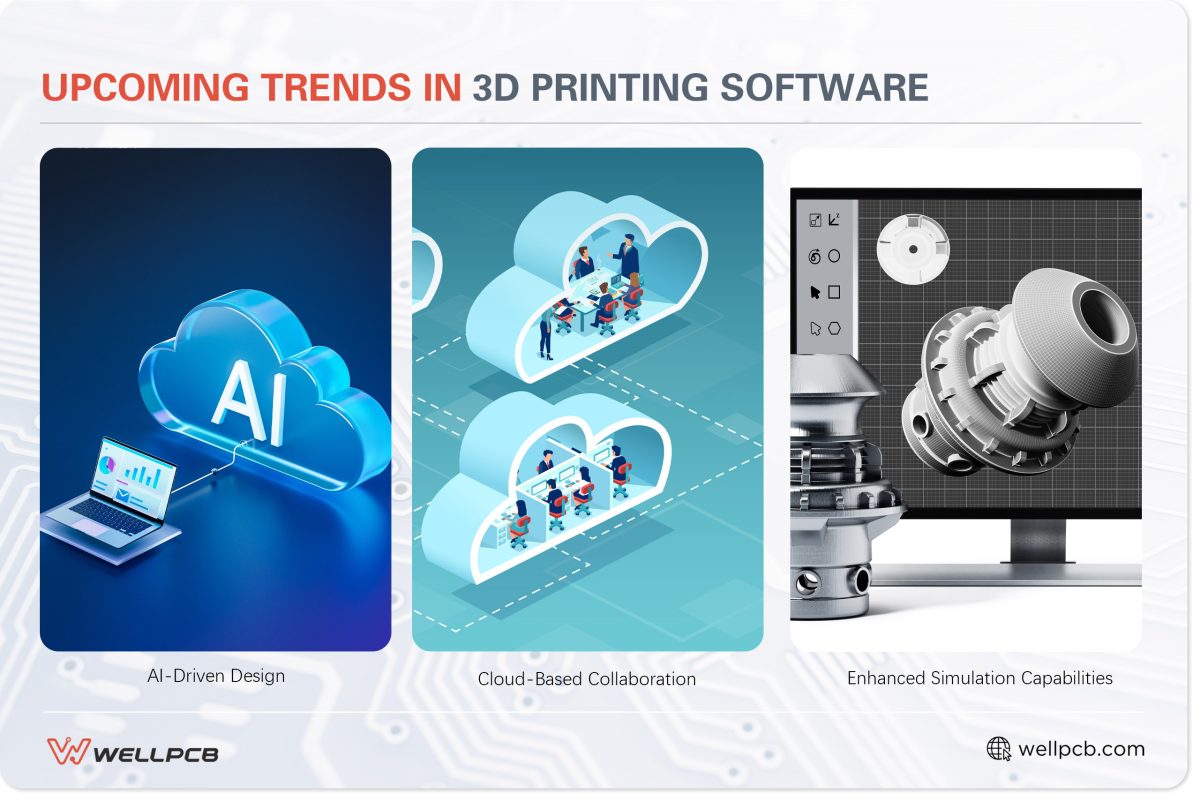
The 3D printing software field is evolving rapidly. Here are some future developments to keep an eye on:
AI-Driven Design
AI will continue to advance 3D model design automation, increasing productivity by allowing users to generate complete designs from text or command prompts, as with LLMs. This can potentially reduce design time by a significant margin.
Cloud-Based Collaboration
While cloud-based collaboration isn’t new, only a few 3D printing applications currently implement it. This feature offers immense benefits through centralized design, so more software is expected to include it in the future.
Enhanced Simulation Capabilities
Previewing 3D printing designs can reveal errors and avoid the costs of unnecessary prototyping. Simplify3D already offers this feature, with future advancements expected to improve precision and thoroughness.
How Can You Stay Ahead of the Curve in 3D Printing Software?
Stay informed by following relevant discussions in forums like Reddit and Quora, and by reading the latest blog posts on 3D printing software. Comparative articles, like this one, are more informative and provide better insight than checking each software provider’s website individually.
What’s the Right 3D Printing Software for My Business?
Choosing the right 3D printing software for your business is key to ensuring efficient design, prototyping, and production processes. As explored in this article, each tool has unique strengths that make it suitable for specific use cases. Here’s a recap:
- Fusion 360: Ideal for engineering teams due to its collaborative cloud features.
- Ultimaker Cura: Best for bespoke 3D design projects that require printing efficiency, with downloadable material profiles and plugins.
- Simplify3D: Suitable for highly precise 3D designs, as it features a better slicing engine than Cura.
- Materialise Magics: Great for complex geometries, such as lattice, grids, or porous structures.
- Tinkercad: Provides a simple UI and design process that’s ideal for students, beginners, DIYers, and hobbyists.
With such a range of options available, always consider your specific business needs to find the best fit.
If the selection or integration process is challenging, WellPCB can help. Contact us to get started with 3D printing today.





